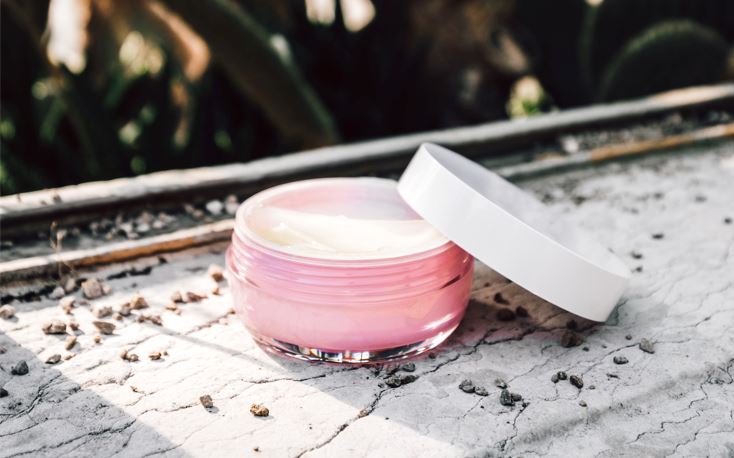PARABENS
Parabens are important ingredients widely used as preservatives in different types of cosmetics and personal care products.
Preservatives are added to cosmetic and personal care products to reduce the risk of microbial contamination of the product and to ensure it remains suitable and safe during shelf-life and the period of its use by consumers. Without preservative ingredients, a cosmetic product would likely pose a risk to the consumer, have a very limited shelf life and would easily spoil.
Cosmetic products placed on the European Union (EU) market may only contain preservatives that are listed in Annex V (list of preservatives allowed in cosmetic products) of the Regulation (EC) No 1223/2009 on cosmetic products, subject to conditions (e.g., concentration limits). (see previous post)
The 4 main parabens used in cosmetic products in the EU are Methylparaben, Propylparaben, Ethylparaben and Butylparaben. But there are several other parabens included in Annex V of the European Cosmetic Products Regulation are: potassium ethylparaben; potassium paraben; sodium methylparaben; sodium ethylparaben; sodium paraben; potassium methylparaben; calcium paraben; hexamide diparaben; hexamide paraben; sodium propylparaben; sodium butylparaben; potassium butylparaben; potassium propylparaben.
Isobutylparaben (and salts), isopropylparaben (and salts), pentylparaben, benzylparaben, phenylparaben are included in Annex II of the Regulation, so they are not allowed in cosmetic products in the EU.
PARABENS SAFETY
Over the years, parabens have subjected to several safety evaluations by the European Commission’s Scientific Committee on Consumer Safety (SCCS). The SCCS has reviewed the scientific data on potential health effects and published its opinions regarding the safety of parabens.
The main concern regarding parabens in cosmetics is the potential of some of them to act like hormones in the body, in particular like estrogens.
In its first opinion, issued in 2005 (SCCP/0873/05), the Scientific Committee on Consumer Products (SCCP) asked for more data on propyl, isopropyl, butyl and isobutyl paraben in order to formulate a final statement on the maximum concentration considered safe in cosmetics. In another opinion (issued on the same year, SCCP/0874/05), the SCCP addressed the relation between parabens, underarm cosmetics and breast cancer. The Scientific Committee concluded that there was insufficient data to establish a clear link between the use of underarm cosmetics and breast cancer.
In 2008 (SCCP/1183/08), the SCCP was of the opinion that, “based upon the available data, the safety assessment of Propyl and Butyl Paraben cannot be finalized yet”. Regarding the potential endocrine modifying effects of parabens of higher chain length, concern was expressed. Estrogenic properties of parabens seemed to increase with increasing chain length, based on in vitro and in vivo rodent test results (available at the time). Nevertheless, the SCCS concluded in 2010 (SCCS/1348/10) that the use of Propylparaben and Butylparaben as preservatives in finished cosmetic products was safe to the consumer, as long as the sum of their individual concentrations does not exceed 0.19%.
Overall, for smaller paraben molecules (Methyl and Ethylparaben), the SCCS considers that they are safe for human health at the maximum authorized concentrations (0.4% for one ester and 0.8% when used in combination). When it comes to longer paraben molecules (Propyl and Butylparaben), the SCCS recommends a lower limit (maximum total concentration of 1.9 g/kg parabens).
Considering the potential endocrine disrupting properties of Propylparaben, the SCCS published an opinion in 2021 where it concludes that this ingredient is “safe when used as a preservative in cosmetic products up to a maximum concentration of 0.14%“. (see previous post)
If you wish to get more information on this or other subject, feel free to contact us at info@criticalcatalyst.com.
References:
- Regulation (EC) No 1223/2009 of the European Parliament and of the Council of 30 November 2009 on cosmetic products.
- Scientific Committee on Consumer Products (SCCP). Extended Opinion on the Safety Evaluation of Parabens. SCCP/0873/05. 2005.
- Scientific Committee on Consumer Safety (SCCS). Opinion on Propylparaben (PP). SCCS/1623/20. 2021.















